Pompeii, a UNESCO World Heritage Site, is a remarkable archaeological site that offers a captivating glimpse into ancient Roman civilization. Once a bustling city, Pompeii was buried under layers of volcanic ash when Mount Vesuvius erupted in 79 AD. Today, it stands as a preserved time capsule, allowing visitors to step back in time and explore the remnants of this ancient city. From its well-preserved ruins to its fascinating history, Pompeii offers an immersive experience for travelers seeking to uncover the secrets of the past.
History & Culture:
Pompeii was a thriving Roman city located near the Bay of Naples in Italy. It was established around the 7th or 6th century BC and flourished as an important trading hub. However, the eruption of Mount Vesuvius in 79 AD buried the city under a thick layer of volcanic ash and preserved it remarkably well. The rediscovery of Pompeii in the 18th century allowed archaeologists to uncover the city’s streets, buildings, and even the remains of its residents. Today, it provides a unique insight into daily life in ancient Rome and offers a fascinating glimpse into Roman art, architecture, and culture.
Weather and Best Time to Visit:
Pompeii enjoys a Mediterranean climate, characterized by hot summers and mild winters. The best time to visit is during the spring (April to June) and fall (September to October) when the weather is pleasant and the crowds are smaller. Summers can be scorching, with temperatures often exceeding 30°C (86°F), so it’s advisable to bring sunscreen, a hat, and plenty of water when visiting during this time.
How to Reach:
Pompeii is easily accessible from major cities in Italy. Here are some common transportation options:
- By Train: The Circumvesuviana train line connects Naples with Pompeii. Trains run regularly, and the journey takes approximately 30 minutes.
- By Car: Pompeii is located near the A3 highway, making it accessible by car. However, parking near the archaeological site can be limited, so it’s advisable to arrive early or use public transportation.
- By Bus: Several bus companies operate routes to Pompeii from Naples and other nearby cities. Check the schedules and routes in advance for the most convenient option.
Local Transportation Available:
Once in Pompeii, the archaeological site is best explored on foot. Comfortable walking shoes are recommended as the site covers a vast area. Guided tours are available for those who prefer a more informative and structured experience. Additionally, there are electric mini-buses within the site for visitors with mobility issues.

Must-Visit Tourist Attractions:
Pompeii offers a wealth of must-visit attractions that showcase its ancient grandeur and historical significance. Here are 20 popular sites within the archaeological site:
- The Forum: The heart of ancient Pompeii, a bustling public square lined with important buildings and temples.
- Villa of the Mysteries: A well-preserved villa showcasing remarkable frescoes depicting mysterious rituals.
- House of the Faun: One of the grandest residences in Pompeii, known for its exquisite mosaic floors.
- Amphitheatre: An impressive Roman amphitheater where gladiator contests and spectacles took place.
- House of the Vettii: A lavish mansion featuring beautiful frescoes and intricate decorations.
- Temple of Apollo: A temple dedicated to the Roman god Apollo, situated near the Forum.
- Temple of Jupiter: A sacred temple dedicated to the king of the Roman gods, Jupiter.
- The Baths: Several bath complexes where ancient Romans would come to relax and socialize.
- Lupanar: The city’s brothel, adorned with explicit frescoes offering a glimpse into Roman sensuality.
- Villa of the Papyri: A luxurious villa believed to have housed an extensive library of papyrus scrolls.
- House of the Tragic Poet: A small but well-known house featuring the famous mosaic of a dog with the inscription “Cave Canem” (Beware of the Dog).
- The Great Theater: An impressive Roman theater that once hosted theatrical performances and public gatherings.
- The Small Theater: A smaller theater primarily used for musical and poetic performances.
- Stabian Baths: One of the oldest bath complexes in Pompeii, showcasing Roman architectural techniques.
- House of the Dioscuri: A well-preserved house adorned with beautiful frescoes depicting the twin gods Castor and Pollux.
- House of the Surgeon: A house that once belonged to a medical professional, featuring surgical instruments and medical artifacts.
- Villa of the Ancient Hunt: A villa decorated with stunning mosaics depicting scenes from hunting expeditions.
- House of the Centenary: A large and well-preserved house named after a graffiti inscription marking the eruption’s 100th anniversary.
- House of the Golden Cupids: A house known for its ornate decorations and the discovery of golden cupids during excavation.
- Garden of the Fugitives: A poignant site where the plaster casts of victims caught in the eruption are displayed, capturing the human tragedy of Pompeii’s destruction.
Must-Do Activities:
Beyond exploring the archaeological site, Pompeii and its surrounding areas offer a range of activities that enhance the visitor experience. Here are 20 popular activities to consider:
- Climb Mount Vesuvius: Embark on a guided hike to the summit of Mount Vesuvius, the infamous volcano responsible for Pompeii’s destruction.
- Visit the Naples National Archaeological Museum: Explore a collection of artifacts and artworks from Pompeii and other ancient sites in the region.
- Explore Herculaneum: Discover another ancient Roman city buried by the eruption of Mount Vesuvius, located near Pompeii.
- Take a Boat Trip to Capri: Enjoy a boat ride to the beautiful island of Capri, known for its stunning natural landscapes and upscale atmosphere.
- Explore the Amalfi Coast: Embark on a scenic drive or take a boat tour along the picturesque Amalfi Coast, visiting charming towns such as Positano and Amalfi.
- Taste Neapolitan Pizza: Naples, known as the birthplace of pizza, is a short distance from Pompeii. Indulge in authentic Neapolitan pizza at a local pizzeria.
- Visit the Archaeological Site of Oplontis: Explore the ruins of an ancient Roman villa complex located near Pompeii, showcasing exceptional architectural features.
- Discover the Ruins of Stabiae: Explore another ancient Roman town buried by the eruption of Mount Vesuvius, featuring well-preserved structures and beautiful frescoes.
- Take a Wine Tasting Tour: Visit local wineries in the Campania region and indulge in wine tasting sessions, sampling wines such as Lacryma Christi.
- Relax on the Beach: Enjoy some downtime at the nearby beaches, such as the Lido di Pompeii or the beaches in the nearby towns of Sorrento and Amalfi.
- Explore the Ancient City of Paestum: Visit the archaeological site of Paestum, renowned for its remarkably well-preserved Greek temples.
- Discover the Royal Palace of Caserta: Visit the grand Royal Palace of Caserta, a UNESCO World Heritage Site featuring stunning architecture and expansive gardens.
- Visit the Roman City of Pompeii Antiquarium: Explore the museum adjacent to the Pompeii archaeological site, housing a collection of artifacts found during excavation.
- Take a Cooking Class: Learn to prepare traditional Neapolitan dishes with a cooking class in Pompeii or nearby Naples.
- Enjoy a Vespa Tour: Experience the charm of the region on a Vespa scooter tour, cruising along scenic roads and exploring hidden gems.
- Visit the House of the Grand Fountain: Explore a well-preserved house named after its impressive central fountain adorned with intricate decorations.
- Experience a Pompeian Dinner: Attend a Pompeian-themed dinner where you can savor ancient Roman recipes while immersing yourself in the city’s ambiance.
- Explore the Suburban Baths: Discover the ruins of the suburban baths, where the ancient Romans would relax and socialize outside the city center.
- Attend a Festival or Event: Check the local calendar for festivals and events held in Pompeii, such as the Festival of Pompeii or the Summer Archaeological Nights.
- Take a Guided Tour: Enhance your visit by joining a guided tour of Pompeii, where knowledgeable guides provide insightful information about the site’s history and significance.
Fun & Entertainment Parks and Adventure Parks:
While Pompeii is primarily known for its archaeological site, there are several nearby attractions that offer fun and entertainment. Here are a few popular parks and adventure activities in the region:
- Magic World: Located in nearby Massa Lubrense, Magic World is an amusement park featuring rides, shows, and a water park.
- Valle dell’Orso: Situated in Agerola, Valle dell’Orso is a nature park with adventure trails, zip lines, and beautiful hiking routes.
- Adventure Park Cimbro: Located in Roccabruna, Adventure Park Cimbro offers exciting treetop adventure courses suitable for all ages.
- Aquafarm: A water park located in Baia Domizia, featuring pools, water slides, and various water-based activities.
- Park Egnazia: A family-friendly amusement park in Fasano, offering rides, games, and entertainment suitable for all ages.
Popular Food and Drinks:
Pompeii and the Campania region are renowned for their delicious cuisine. Here are ten popular food and drink options to savor during your visit:
- Neapolitan Pizza: Indulge in a classic Margherita pizza, cooked in a wood-fired oven and topped with fresh ingredients.
- Pasta alla Genovese: A hearty pasta dish with slow-cooked beef and onion sauce, a specialty of the Naples region.
- Mozzarella di Bufala: Sample the famous buffalo mozzarella, a creamy and flavorful cheese produced in the area.
- Limoncello: Enjoy a refreshing glass of Limoncello, a lemon liqueur produced using locally grown lemons.
- Pastiera Napoletana: Try this traditional Neapolitan cake made with ricotta cheese, wheat berries, and candied citrus.
- Sfogliatella: A delicious pastry with layers of flaky dough filled with sweet ricotta cream or custard.
- Gragnano Pasta: Taste pasta made in the nearby town of Gragnano, renowned for its high-quality production.
- Caprese Salad: Savor a Caprese salad made with ripe tomatoes, fresh mozzarella, basil, and a drizzle of olive oil.
- Aglianico Wine: Explore the local wines of the Campania region, including the renowned red wine variety called Aglianico.
- Espresso and Italian Gelato: End your meal with a classic Italian espresso and a scoop of creamy gelato from a local gelateria.
Restaurants and Bars:
Pompeii and the surrounding areas offer a variety of dining options, ranging from traditional trattorias to upscale restaurants. Here are ten popular restaurants and bars to consider:
- Hortus Restaurant: Located near the archaeological site, Hortus offers a fine dining experience with a focus on local ingredients and traditional flavors.
- Pasticceria De Vivo: A pastry shop known for its delicious pastries, cakes, and coffee. Perfect for a quick snack or breakfast.
- Il Punto G: A charming restaurant offering a fusion of Mediterranean and international cuisine, with a focus on fresh seafood dishes.
- Ristorante Add’u Mimi: A family-run trattoria serving traditional Neapolitan dishes and homemade pasta.
- Osteria da Carmela: A cozy restaurant known for its authentic Neapolitan pizzas and regional specialties.
- Ristorante Il Principe: Situated in nearby Sorrento, this restaurant offers stunning views of the Bay of Naples and serves delicious seafood dishes.
- E’ Curti: A popular pizzeria located in nearby Boscoreale, serving wood-fired pizzas and local dishes.
- Bar del Sole: A trendy bar in Pompeii known for its craft cocktails and lively ambiance.
- Gran Caffè Pompeii: A historic café in the heart of Pompeii, serving coffee, pastries, and light meals.
- Birrificio del Golfo: A microbrewery in nearby Torre Annunziata, offering a variety of craft beers and tasty pub food.

Nightlife and Nightclubs:
Pompeii is not particularly known for its vibrant nightlife, but nearby Naples offers a bustling nightlife scene with a range of bars and clubs. Here are a few popular venues in Naples:
- Piazza Bellini: A lively square in Naples known for its bars and outdoor seating, offering a vibrant atmosphere and live music.
- Via dei Tribunali: This street in the historic center of Naples is lined with bars and clubs, offering a lively nightlife experience.
- Arenile di Bagnoli: Located on the seafront, this beach club hosts regular DJ sets and live music events during the summer months.
- Galleria 19: A trendy club in Naples with a stylish interior, hosting DJ performances and themed nights.
- Cammarota Spritz: A popular bar known for its delicious spritz cocktails, located in the Chiaia district of Naples.
Shopping Centers and Markets:
Pompeii itself doesn’t have large shopping centers, but there are markets and nearby towns where you can find local products and souvenirs. Here are a few shopping options:
- Mercato di Pompei: A local market where you can find fresh produce, cheese, cured meats, and other regional specialties.
- Via Roma: A shopping street in Pompeii lined with small boutiques, souvenir shops, and artisanal stores.
- Centro Commerciale Vulcano Buono: Located in nearby Nola, this shopping center offers a wide range of shops, restaurants, and entertainment options.
Museums and Educational Institutions:
While Pompeii itself is an open-air museum, there are educational institutions and museums nearby that offer further insights into the history and culture of the region. Here are a few notable establishments:
- National Archaeological Museum of Naples: Located in Naples, this museum houses a vast collection of artifacts from Pompeii and other ancient sites in the area.
- Naples Underground: Explore the underground tunnels and caves of Naples, which provide a unique perspective on the city’s history and architecture.
- Museo Vesuviano G.B. Alfano: Situated in nearby Herculaneum, this museum showcases artifacts recovered from the archaeological site of Herculaneum.
Safety for Tourists and Do’s & Don’ts:
Pompeii is generally a safe destination for tourists, but it’s always important to take precautions. Here are some safety tips and do’s & don’ts:
- Be cautious of pickpockets in crowded areas and keep your belongings secure.
- Wear comfortable walking shoes as the archaeological site requires a lot of walking.
- Follow the instructions of authorized personnel and respect the designated paths within the site.
- Carry a refillable water bottle to stay hydrated throughout your visit.
- It’s prohibited to touch or remove any objects from the archaeological site.
- Avoid visiting during peak hours to experience a more relaxed atmosphere and fewer crowds.
- Respect the local culture and customs, including dress modestly when visiting religious sites.
- Stay updated on weather conditions and dress accordingly, especially during hot summer months.
Environment and Sustainable Tourism:
As a visitor to Pompeii, it’s important to prioritize sustainable tourism practices to help preserve this historical site for future generations. Here are some ways to promote sustainability:
- Follow the designated paths and signs to avoid causing damage to the ruins.
- Dispose of waste properly in designated bins and avoid littering.
- Use refillable water bottles instead of single-use plastic bottles.
- Support local businesses and artisans to contribute to the local economy.
- Opt for eco-friendly transportation options whenever possible, such as walking, cycling, or using public transportation.
- Conserve water and energy by using them responsibly in accommodations.
- Choose accommodations that prioritize sustainable practices, such as energy-efficient systems and waste management initiatives.
General Information:
- Language: Italian is the official language spoken in Pompeii and throughout Italy. English is commonly spoken in tourist areas.
- Religion: The predominant religion in Pompeii is Christianity, with Roman Catholicism being the most widely practiced.
- Population: The current population of Pompeii is approximately 25,000 residents.
- Holidays: Italy celebrates national holidays such as New Year’s Day (January 1st) and Christmas Day (December 25th), as well as regional holidays. Check the local calendar for specific dates.
- Water: Tap water is generally safe to drink in Pompeii, but bottled water is readily available.
- Electricity: Italy uses the standard European two-pin plug (Type C and Type F). The voltage is 230V, and the frequency is 50Hz.
- Mobile and Internet: Mobile coverage is generally reliable in Pompeii, and Wi-Fi is available in many accommodations, restaurants, and cafes.
- Health Services: Pompeii has medical facilities and pharmacies to cater to basic healthcare needs. It’s recommended to have travel insurance that covers medical emergencies.
- Postal Service: Post offices are available in Pompeii for mailing letters and packages.
- Suitable Clothing: Wear comfortable clothing and footwear suitable for walking and exploring the archaeological site. Dress modestly when visiting religious sites.
- Banks: Several banks and ATMs are available in Pompeii, where you can withdraw cash and exchange currency.
In conclusion || Pompeii
Pompeii is a captivating destination that allows visitors to step back in time and explore the ruins of an ancient Roman city. With its rich history, well-preserved archaeological site, and proximity to other attractions in the region, Pompeii offers a unique and educational travel experience. By following safety guidelines and embracing sustainable tourism practices, visitors can contribute to the preservation of this extraordinary site while immersing themselves in the wonders of the past.
Book Your Flights : Here 30% OFF on Booking
Book Your Hotels : Here 20% OFF on Booking


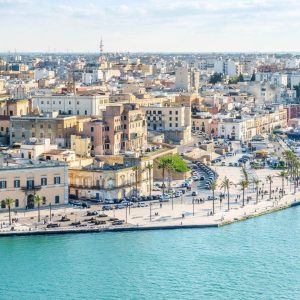
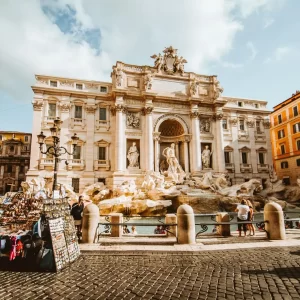
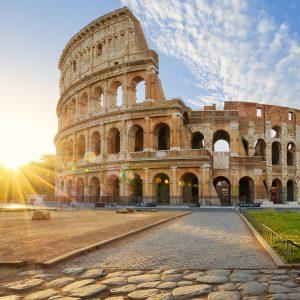
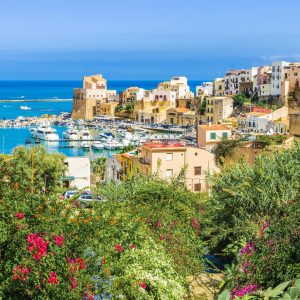
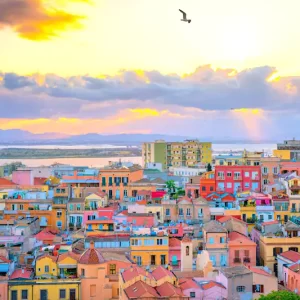
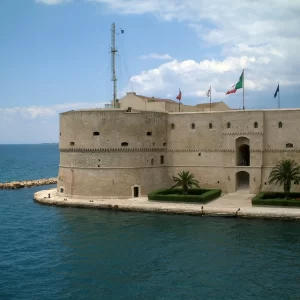
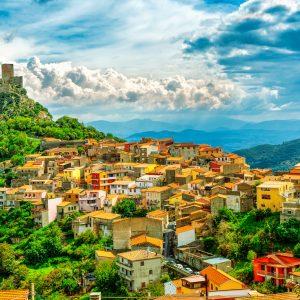
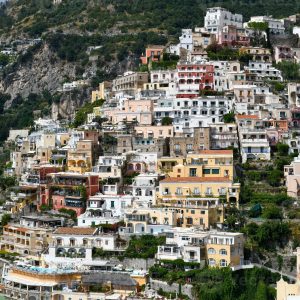
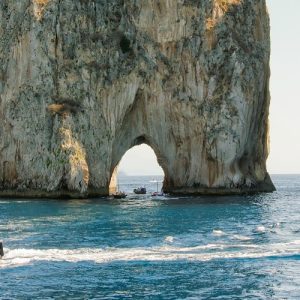
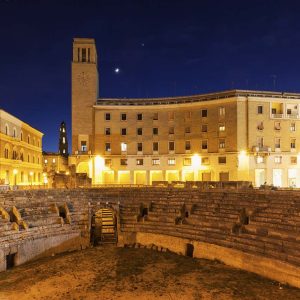
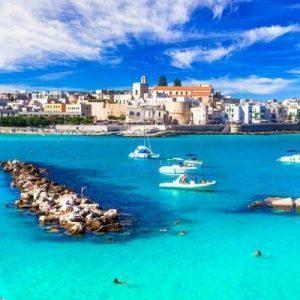
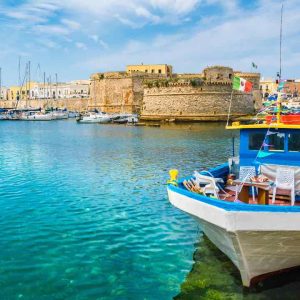
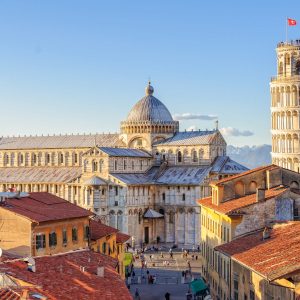
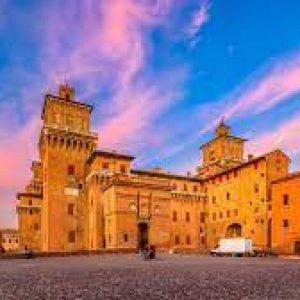
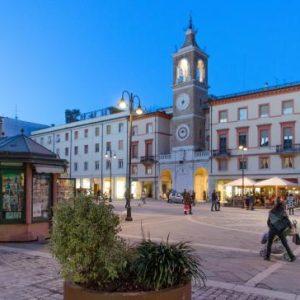
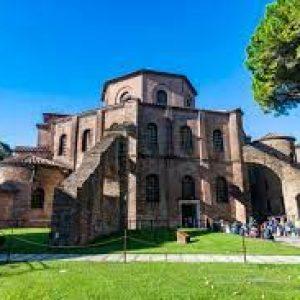
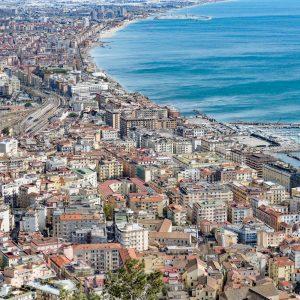
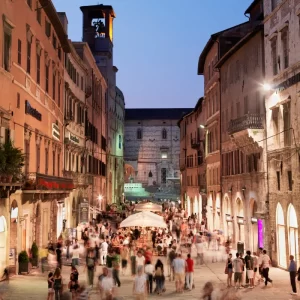
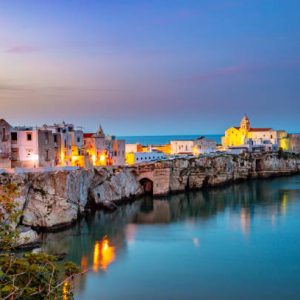
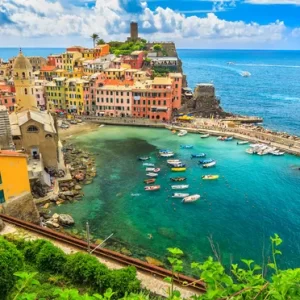
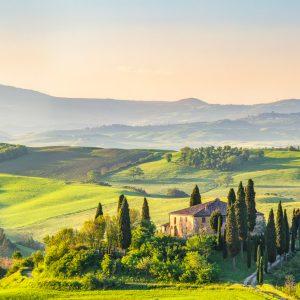
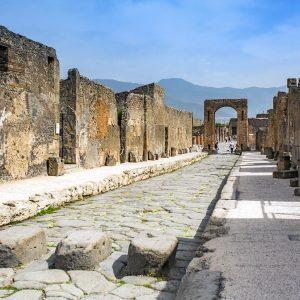
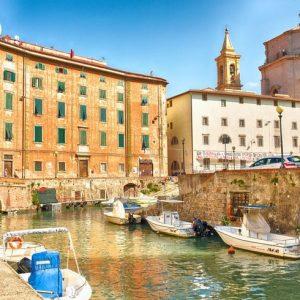
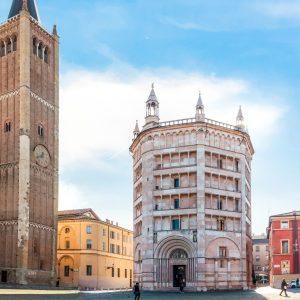
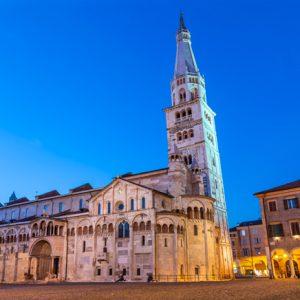
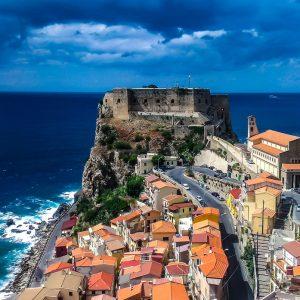
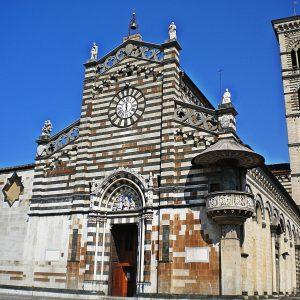
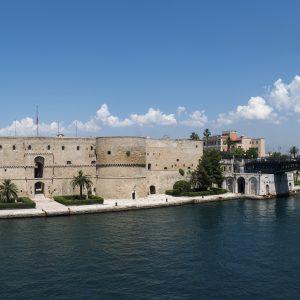
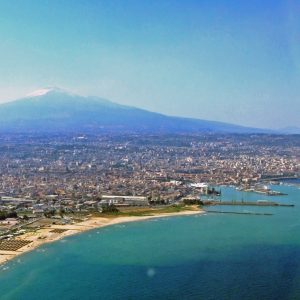
0 Comment